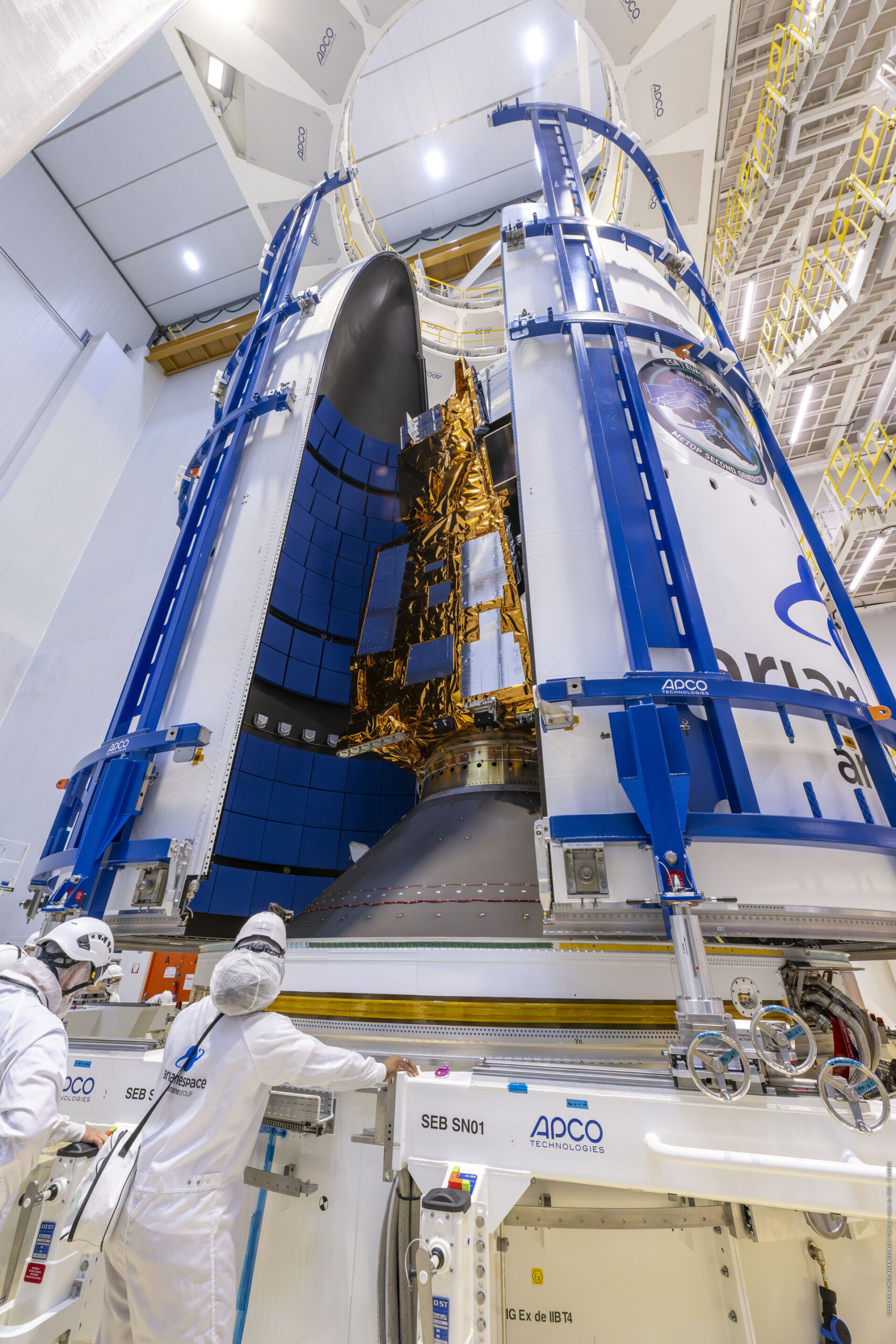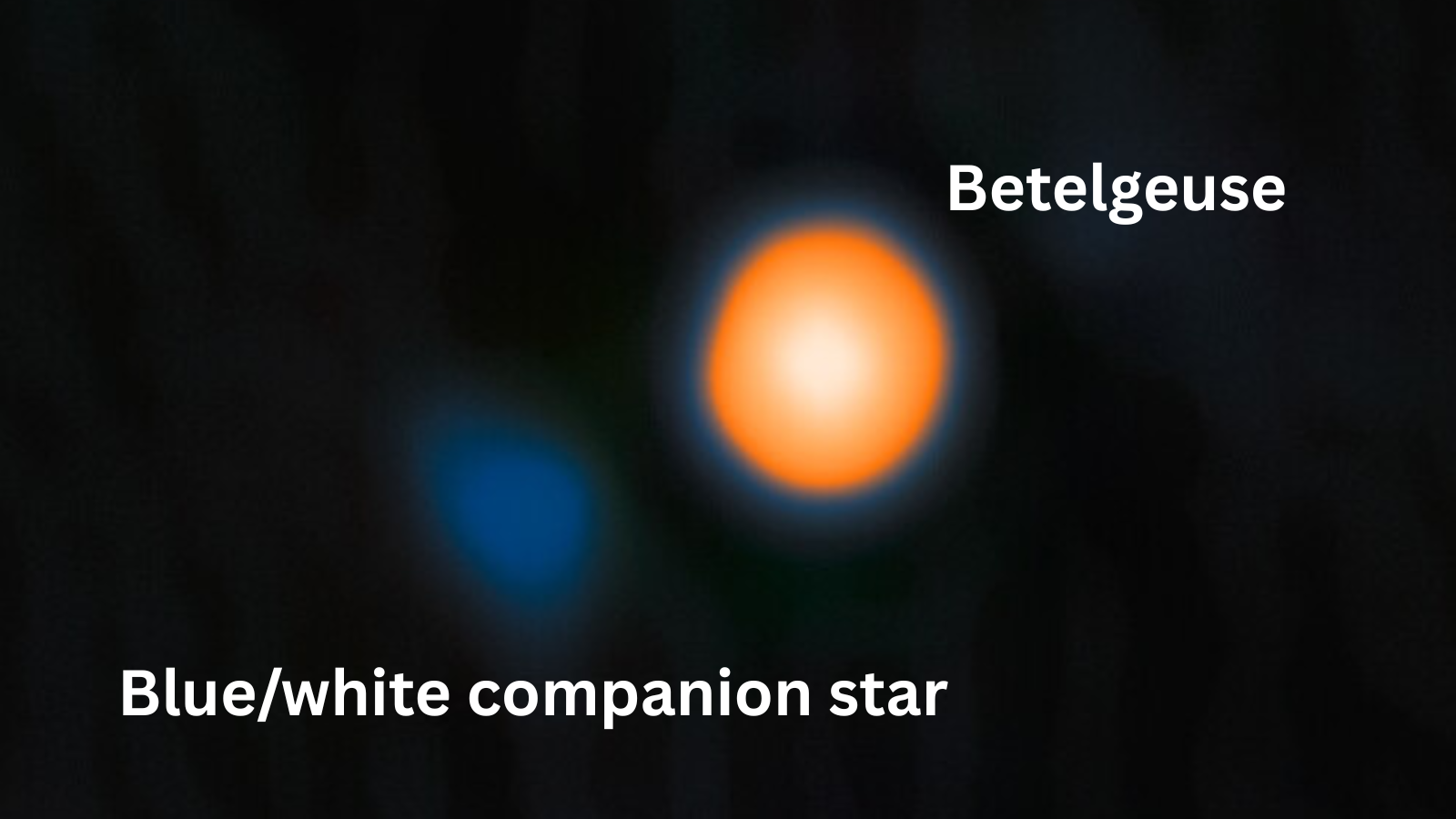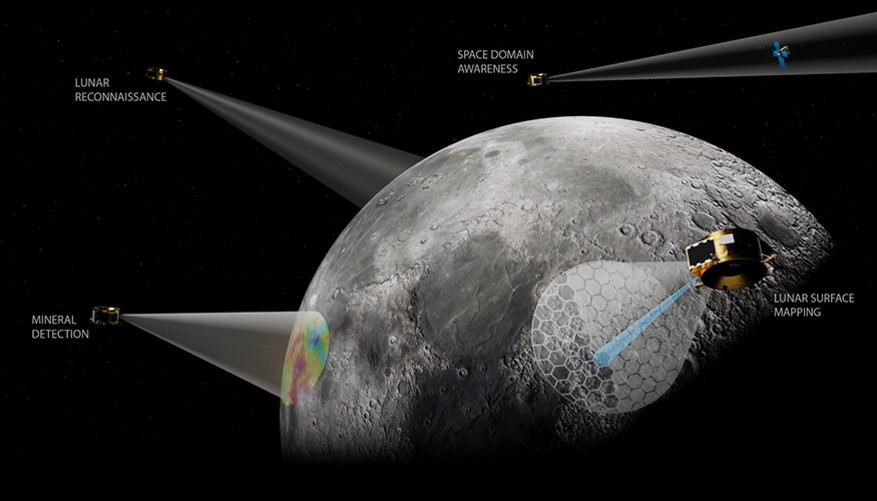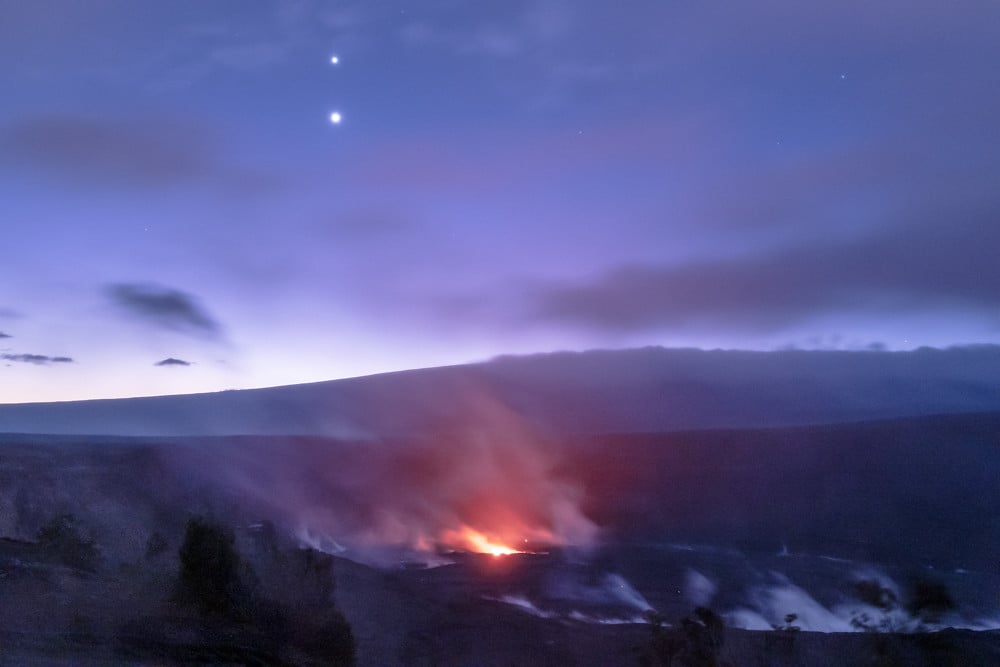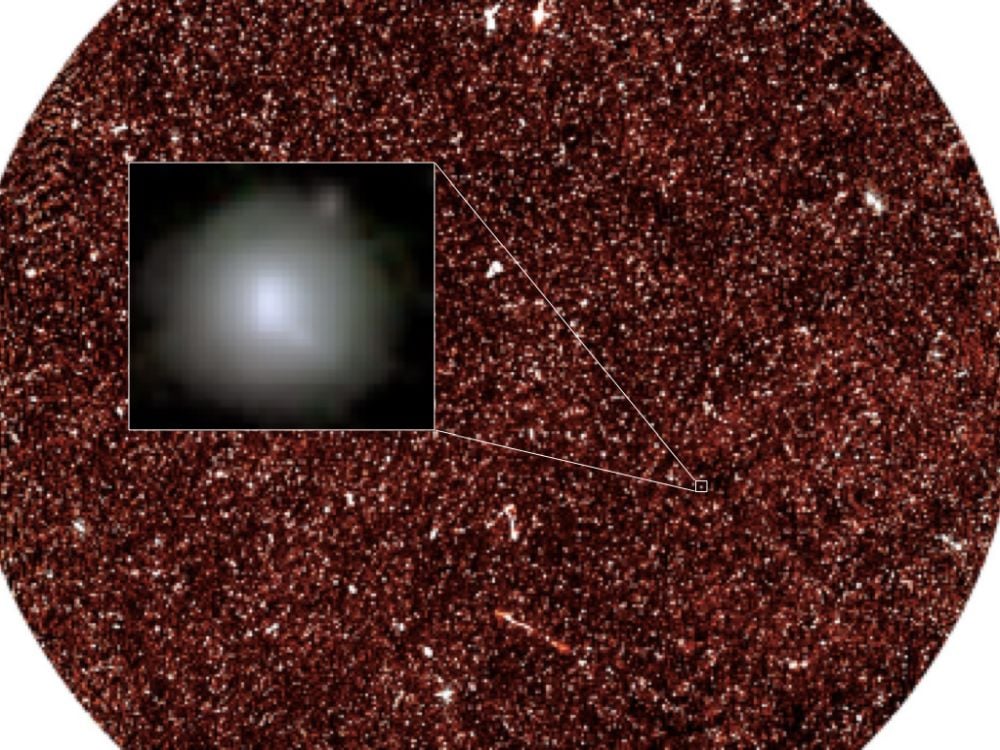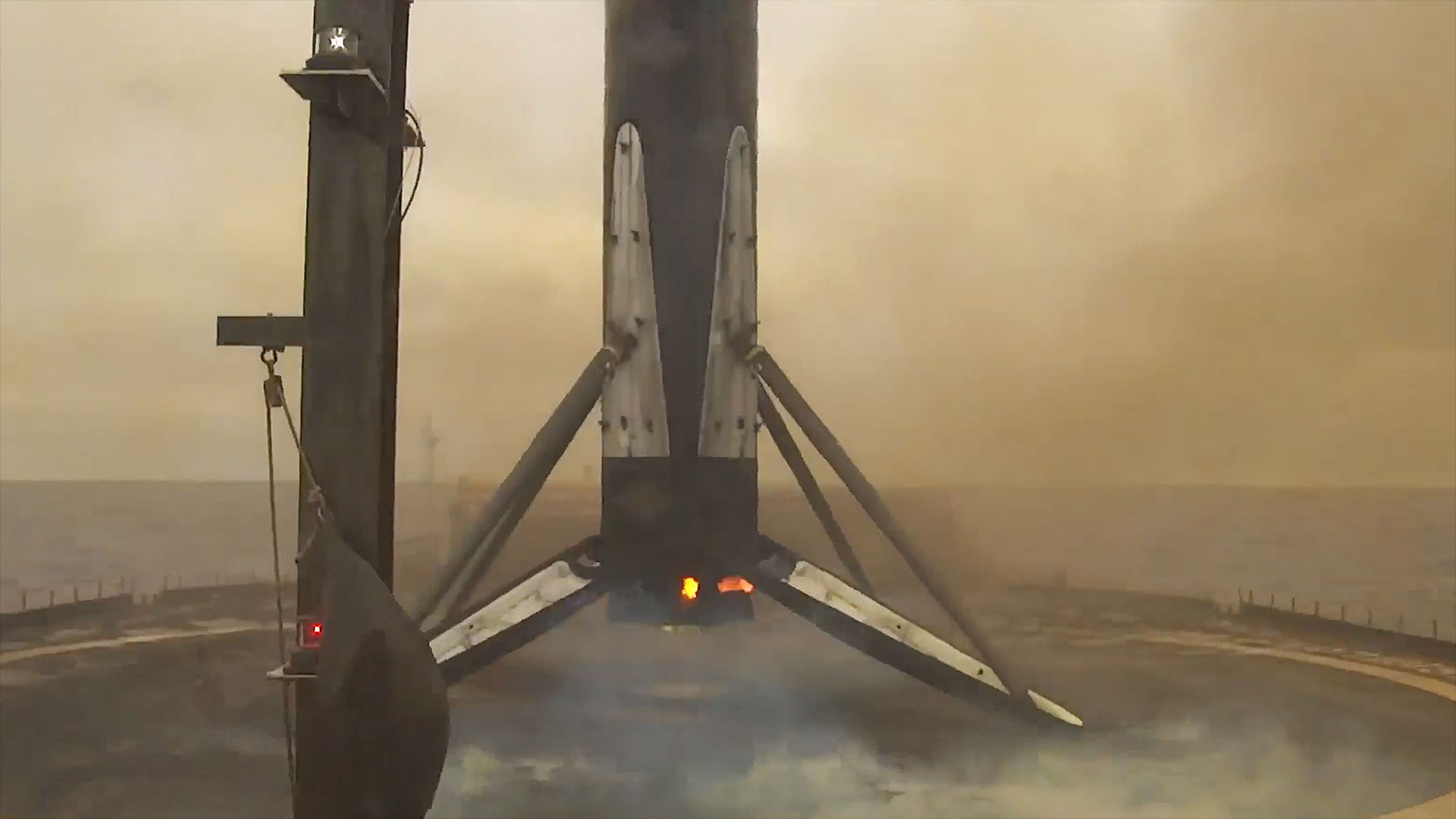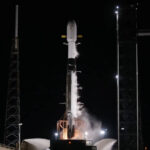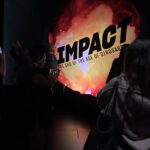Excitement buzzes through the halls of Europe’s Spaceport in Kourou, French Guiana, as the dawn of a new era in satellite meteorology approaches. The MetOp-SG-A1 satellite, a cornerstone of the
Hot Posts472- Page
Keith Cowing Explorers Club Fellow, ex-NASA Space Station Payload manager/space biologist, Away Teams, Journalist, Lapsed climber, Synaesthete, Na’Vi-Jedi-Freman-Buddhist-mix, ASL, Devon Island and Everest Base Camp veteran, (he/him) 🖖🏻 Follow on
After a long wait, astronomers have finally seen the stellar companion of the famous star Betelgeuse. This companion star orbits Betelgeuse in an incredibly tight orbit, which could explain one
SALT LAKE CITY – It’s easy to talk about satellite autonomy but significant work remains to determine exactly which tasks should be handled by machines, according to speakers at the
Curiosity Navigation Curiosity Home Mission Overview Where is Curiosity? Mission Updates Science Overview Instruments Highlights Exploration Goals News and Features Multimedia Curiosity Raw Images Images Videos Audio Mosaics More Resources
August sees all of the naked eye worlds excepting Mars hiding in the dawn. Set your alarm, and you can uncover Mercury through Saturn all in the dawn twilight sky,
The Universe’s early galaxies were engulfed in halos of high-energy cosmic rays. It’s likely because they had tangled and turbulent magnetic fields. These fields accelerate cosmic rays to higher energies.
SpaceX sent another batch of its Starlink broadband internet satellites into low Earth orbit today (Aug. 18), atop a Falcon 9 rocket launched from Vandenberg Space Force Base in California.
Left: Eccentricity posterior generated by fitting the first nine chronological transits of TOI 555.01. Right: Eccentricity posterior generated by fitting the first nine chronological long-cadence transits of KOI 247.01. —
WASHINGTON — Shares in Firefly Aerospace rose 34% in the company’s first day of trading on the Nasdaq exchange even after the company increased both the price and number of
-
 012024 in Review: Highlights from NASA in Silicon Valley
012024 in Review: Highlights from NASA in Silicon Valley -
 02Panasonic Leica Summilux DG 15mm f/1.7 ASPH review
02Panasonic Leica Summilux DG 15mm f/1.7 ASPH review -
 03How New NASA, India Earth Satellite NISAR Will See Earth
03How New NASA, India Earth Satellite NISAR Will See Earth -
 04And Thus Begins A New Year For Life On Earth
04And Thus Begins A New Year For Life On Earth -
 05Astronomy Activation Ambassadors: A New Era
05Astronomy Activation Ambassadors: A New Era -
06SpaceX launch surge helps set new global launch record in 2024
-
 07Space Force plans new ‘Futures Command’ amid pressure to speed up modernization
07Space Force plans new ‘Futures Command’ amid pressure to speed up modernization


